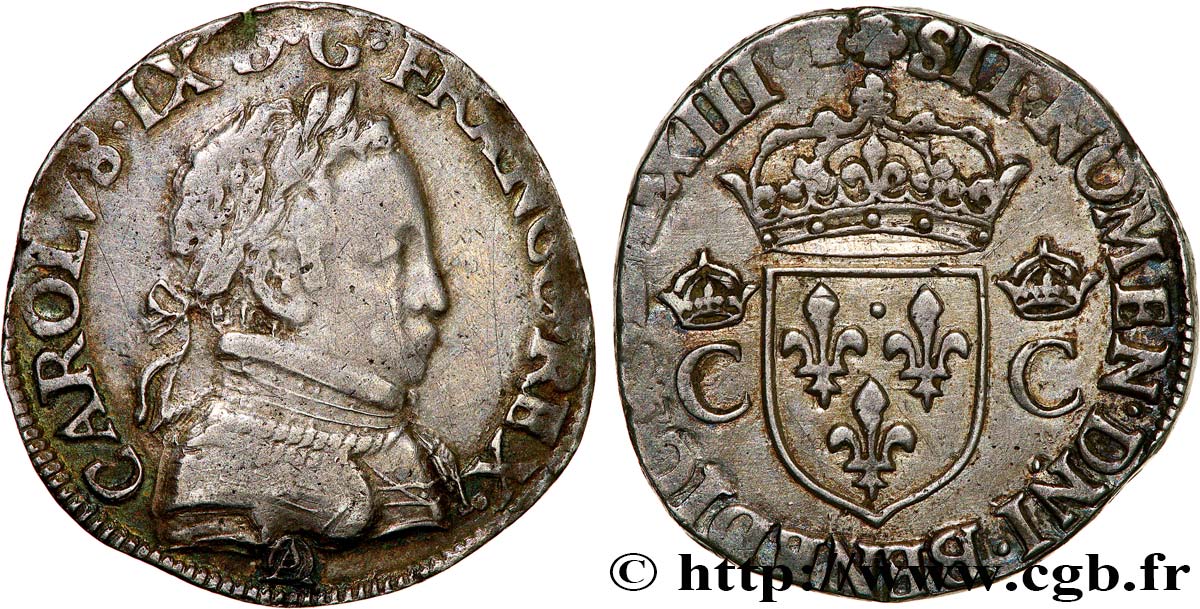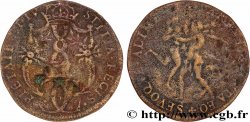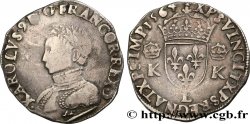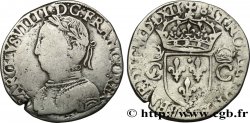Live auction - bry_692602 - CHARLES IX Teston, 8e type, dit “morveux” 1563 Orléans
Чтобы принять участие в торгах, вы должны войти в систему и стать подтвержденным участником аукциона. Войдите, чтобы сделать ставку. Ваш аккаунт будет подтвержден в течение 48 часов. Не ждите до закрытия торгов, чтобы зарегистрироваться.Сделав ставку на данный товар, вы вступаете в юридическое соглашение на покупку выбранного товара и нажатием кнопки «Сделать ставку» подтверждаете принятие вами условий интернет-аукционов cgb.fr.
Ставка может бить сделана только в полном эквиваленте евро. Торги закроются согласно времени, указанному в описании товара, все ставки, сделанные после закрытия торгов, учитываться не будут. Не следует откладывать предложение вашей ставки до последнего момента, так как система может не успеть обработать вашу заявку, и ваша ставка не будет принята. Более детальную информацию вы найдёте здесь: FAQ по интернет-аукционам.
Все ставки победителей подлежат комиссии 18%.
Все ставки победителей подлежат комиссии 18%.
| Оценить : | 1 000 € |
| Цена : | 1 251 € |
| Максимальная предлагаемая цена : | 1 251 € |
| Конец торгов : | 07 December 2021 18:08:01 |
| Участников : | 5 Участников |
Тип Teston, 8e type, dit “morveux”
Дата: 1563
Монетный двор / Город: Orléans
Металл: silver
Проба: 898 ‰
Диаметр: 27,5 mm
Ориентация осей монеты: 12 h.
Вес: 9,50 g.
Редкость: R3
Комментарии о состоянии
Ce teston est frappé sur un flan assez large et irrégulier. Usure homogène sur le buste. Agréable patine grise et léger tréflage au niveau du buste du roi. D’infimes rayures au droit
Ссылки в каталоге: :
Лицевая сторона
Аверс: легенда: CAROLVS. IX. D. G. FRANCO. REX., (LÉGENDE COMMENÇANT À 7 HEURES).
Аверс: описание: Buste de Charles IX à droite, cuirassé, la tête laurée ; au-dessous signe d'atelier.
Аверс: перевод: (Charles IX, par la grâce de Dieu, roi des Francs).
Обратная сторона
Реверс: легенда: + SIT. NOMEN. DNI. BENEDIC. M.DLXIII (MM).
Реверс: Описание: Écu de France couronné, accosté de deux C couronnés.
Реверс: перевод: (Béni soit le nom du Seigneur).
Комментарий
Ce type de teston ne fut frappé qu’en 1562 et 1563. Les chiffres de frappe ne nous sont pas parvenus pour cet atelier. L’atelier d’Orléans ouvrit durant la première guerre de religion, en 1562, lors du séjour de Louis de Bourbon, prince de Condé, l’un des chefs protestants. Les églises de cette ville furent pillées par les huguenots et le métal récupéré servit à frapper des écus d’or, des testons et des demi-testons dits “morveux”.








 Cообщить об ошибке
Cообщить об ошибке Распечатать страницу
Распечатать страницу Отправить мой выбор
Отправить мой выбор Задать вопрос
Задать вопрос Consign / sell
Consign / sell
 Информация
Информация











